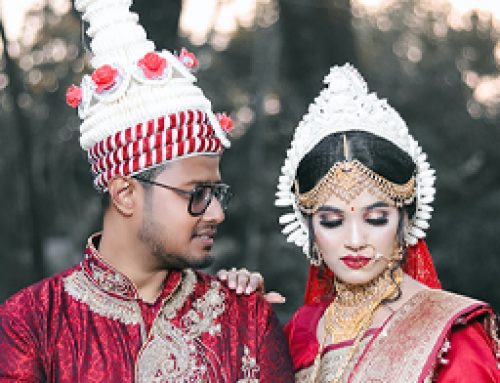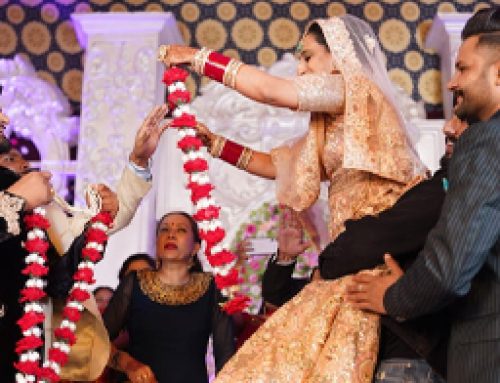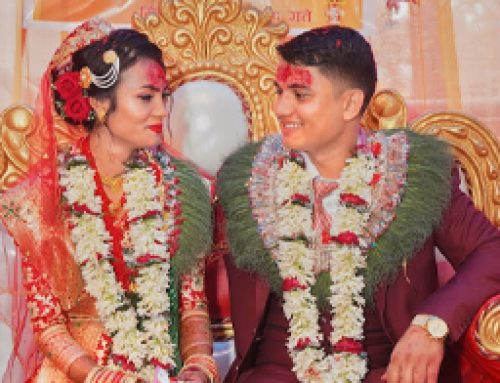Sikh Wedding traditions
Sikh weddings, also known as Anand Karaj, are sacred and joyous ceremonies that reflect the principles and values of Sikhism. Rooted in Sikh religious traditions, these weddings are characterized by simplicity, equality, and spiritual significance. Let’s explore the key elements and traditions of Sikh weddings in more detail:

Anand Karaj:
Anand Karaj translates to “Blissful Union” in Punjabi. It is the main wedding ceremony that takes place in a Gurdwara, the Sikh place of worship. The ceremony is conducted by a Sikh priest called a Granthi, who recites verses from the Guru Granth Sahib, the holy scripture of Sikhism.
The Ardas and Kirtan:
Before the actual wedding ceremony begins, an Ardas (prayer) is performed, seeking the blessings of the Guru Granth Sahib. This is followed by the singing of hymns and Shabads (devotional songs) known as Kirtan, which are performed by a group of Ragis (musicians) or the congregation.
Milni:
The Milni is a formal introduction ceremony that takes place before the Anand Karaj. The immediate family members from the bride’s and groom’s sides greet each other with great respect and exchange garlands, hugs, and gifts. It symbolizes the coming together of two families.
Laavan:
The Laavan is the main wedding ceremony, consisting of four hymns from the Guru Granth Sahib. During this ceremony, the couple circumambulates the Guru Granth Sahib four times, while the Granthi recites the Laavan verses. Each circumambulation represents a stage of the spiritual union between the couple and the divine.
Ardas and Prayers:
After the Laavan, an Ardas is performed, seeking the blessings of the Guru Granth Sahib for the couple’s journey as husband and wife. Prayers are offered for a happy and prosperous married life, as well as for the well-being of all humanity.
Anand Sahib and Hukamnama:
Following the Ardas, the Anand Sahib, a prayer composed by Guru Amar Das, is recited. This is followed by the Hukamnama, which is a randomly chosen verse from the Guru Granth Sahib. The Hukamnama serves as guidance and is believed to provide blessings and insights for the couple’s future.
Karah Prasad and Ardas:
At the conclusion of the ceremony, Karah Prasad, a sweet offering made from wheat flour, ghee, and sugar, is distributed to the congregation. It is considered sacred and is meant to be consumed by all present. The ceremony concludes with a final Ardas, expressing gratitude and seeking blessings for the newlywed couple.
Langar:
Following the wedding ceremony, a Langar (community meal) is served to all attendees. Langar exemplifies the principle of equality in Sikhism, as everyone, regardless of social status or background, sits together and enjoys a vegetarian meal prepared by volunteers.
Other Sikh Wedding Traditions:
Sehra Bandi: In some Sikh weddings, the groom’s father or an elder male relative ties a Sehra (a floral veil) on the groom’s turban, symbolizing his status as a groom.
Varmala: Just before the Milni, the bride and groom exchange flower garlands, signifying their acceptance and love for each other.
Palla: During the Laavan ceremony, the bride holds a corner of the groom’s scarf, known as the Palla, signifying her support and commitment to him.
Seasons5 offers a vibrant atmosphere and venues along with our dedicated staff to help you on your big day. Nestled in the lush greenery of Point Cook, we’ve got luxurious accommodations too. Our private lake and waterfall make for a picturesque scene for wedding photos. Crafted with local and fresh ingredients, our Cinnamon Bay Restaurant offers delicious meals for wedding celebrations. You can also enjoy our day spa to relax and rejuvenate. Feel free to call us on 038376 5300 or drop an email at contact@seasons5.com for more information.







